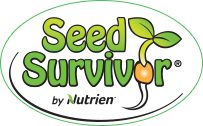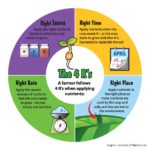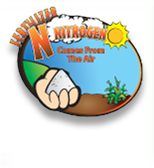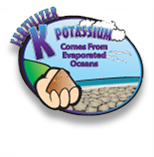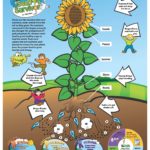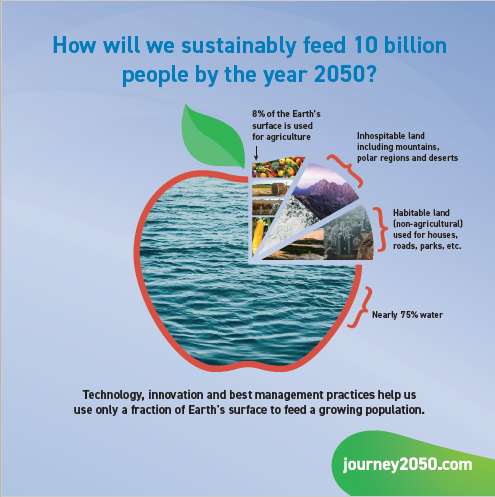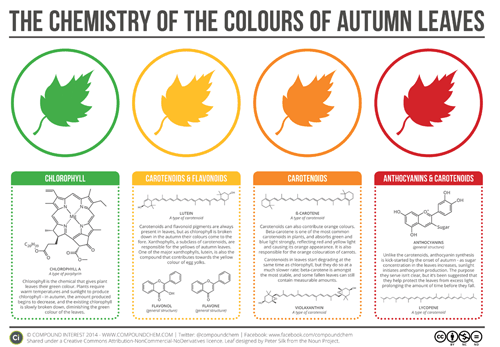
Posters:
4R Nutrient Management
Farmers follow the 4R strategy to ensure their crop nutrients are optimized. Applying the right source of nutrients at the right time, in the right place and the right rate is vital. Print and post this poster when discussing growing healthy plants.
Download PDF
Fertilizer nutrients come from the earth. The 3 main nutrients a plant needs to grow are N, P, K.
N – Nitrogen
P – Phosphorus
K – Potassium
How Plants Grow Poster
Plants are like vacuums and they suck the nutrients from the soil as they grow. Print and post this colourful poster to help illustrate the importance of replacing soil nutrients after each harvest.
Download Poster: How Plants Grow Poster_16.75×21.75
How Much Land do We Have to Feed Nearly 10 Billion People?
Less than 10% of the Earth is used for growing crops. Learn more about world food sustainability through Journey 2050. Journey 2050 is a STEM program that uses educational game play.
Plant Growth Stages
Seed Germination: The first stage in the life of a sunflower is germination, which takes between 2-10 days. As the ground gets warmer and the roots give the plant nutrients, a spout shoots toward the top of the soil
Seedling: This stage begins when the sprout has small leaves, no longer than 1 ½ inches. The seedling stage only lasts two weeks after the sprout pops through the ground.
Vegetative: This stage means the sunflower stem has leaves longer than 1 ½ inches. This is when all the main growth occurs with the stem thickening and growing taller, and producing leaves at regular intervals on the stem
Bud Stage: This stage begins as soon as the bud begins to show at the top of the stem. Once this happens, the sunflower starts to perform heliotropism, which means the leaves and bud move to follow the course of the sun throughout the day.
Flowering: Once the bud begins to open, the flower remains facing east and no longer performs heliotropism. The complete opening of the bud can take up to 7 days, and proceeds from the outside toward the middle of the sunflower.
Ripening: The final stage of the sunflower plant allows the seeds to fall and become planted in the ground. At this time, the back of the sunflower’s head, petals and leaves begin to turn yellow and then brown. The stem and head begin to dry out and eventually all of the seeds are loosened and fall out.
The Chemistry of the Colours of Autumn Leaves
Chlorophyll: Chlorophyll is the chemical that gives plant leaves their green colour. Plants require warm temperatures and sunlight to produce chlorophyll.
Carotenoids and Flavonoids: Carotenoids and flavonoid pigments are always present in leaves, but as chlorophyll is broken down in the autumn their colours come to the fore.
Carotenoids: Carotenoids can also contribute orange colours. Beta-carotene is one of the most common carotenoids in plants, and absorbs green and blue light strongly, reflecting red and yellow light and causing its orange appearance.
Anthocyanins & Carotenoids:Unlike the carotenoids, anthocyanin synthesis is kick-started by the onset of autumn – as sugar concentration in the leaves increases, sunlight initiates anthocyanin production.
Download Poster: The Chemistry of the Colours of Autumn Leaves

